Do You Have Goals, or Are You Just Dreaming?!
Do You Have Goals, or Are You Just Dreaming?!

We all have dreams of what we want to achieve—whether it’s becoming a stronger leader, creating a positive impact, or reaching a personal milestone. But there’s a big difference between having dreams and setting real goals. Dreams are ideas; goals are plans. If your goals are too vague or too big, it’s easy to feel stuck and unsure of where to start. To turn your dreams into reality, it’s important to set clear, realistic goals that you can actually achieve, step-by-step. This way, you’ll see real progress and build confidence as you move forward.
One Thought to Keep in Mind
Dreaming big is great, but without a clear plan, it’s like trying to climb a mountain without a map—you can easily get lost or discouraged. Setting realistic goals isn’t about aiming low; it’s about creating a step-by-step path that helps you see progress and stay motivated. Each small step gets you closer to your big dream, one milestone at a time.
Two Strategies to Try
1. Break Down Big Goals into Small Steps
Start by taking your big goal and breaking it into smaller, more manageable parts. Each part should be something you can focus on right now and complete in a short amount of time. For example, instead of saying, “I want to be a better leader,” make it smaller by saying, “I will read one leadership book this month” or “I will spend 15 minutes each day connecting with my team.”
Questions to Ask Yourself:
- What small steps can I take this week to move closer to my goal?
- How can I measure success in a way that keeps me motivated?
By breaking down big goals, you’re less likely to feel overwhelmed and more likely to see steady progress. Remember, each small win adds up over time!
2. Use the SMART Method to Create Clear Goals
The SMART method helps you set clear goals that are easier to achieve. It stands for:
- Specific: What exactly do you want to achieve?
- Measurable: How will you know you’ve reached it?
- Achievable: Is this goal something you can realistically do?
- Relevant: Does this goal align with your bigger plans?
- Time-bound: When do you want to complete it?
For example, instead of saying, “I want to improve communication with my team,” say, “I will schedule a 15-minute check-in every Monday for the next 6 weeks to talk about challenges and goals.” This makes your goal clear and easy to follow.
One Question to Reflect On
Think about your current goals: Are they clear and realistic for where you are right now? If not, how can you make them more specific and manageable?
Action Step
Choose one of your current goals and apply the SMART method to it. Write down the specific steps you’ll take and when you’ll take them. Share your new goal with a friend or colleague to help keep you on track.
Final Thoughts
Setting realistic goals doesn’t mean lowering your expectations—it means creating a solid plan to help you succeed. When your goals are clear and attainable, you build momentum and confidence. As you step into a new week, remember that each small action you take is moving you closer to your bigger dreams. Stay focused, celebrate each step, and trust the process. You’re not just setting goals—you’re building your path to success, one step at a time.
Until we meet again: Be a Leader. Be a Learner. Be Kind.
Dr. Roy Bishop, Jr.
Ready to take your leadership skills to the next level? Click Here to sign up for a complimentary 1-hour leadership consultation with me today! Let's work together to equip you with everything you need to achieve greatness!
Check out our website at www.jointhebeteam.com for more tips, tools, and resources for leaders!
share this
Related Articles



STAY UP TO DATE
the latest from the be team
Receive an alert anytime a new post drops
Contact Us

